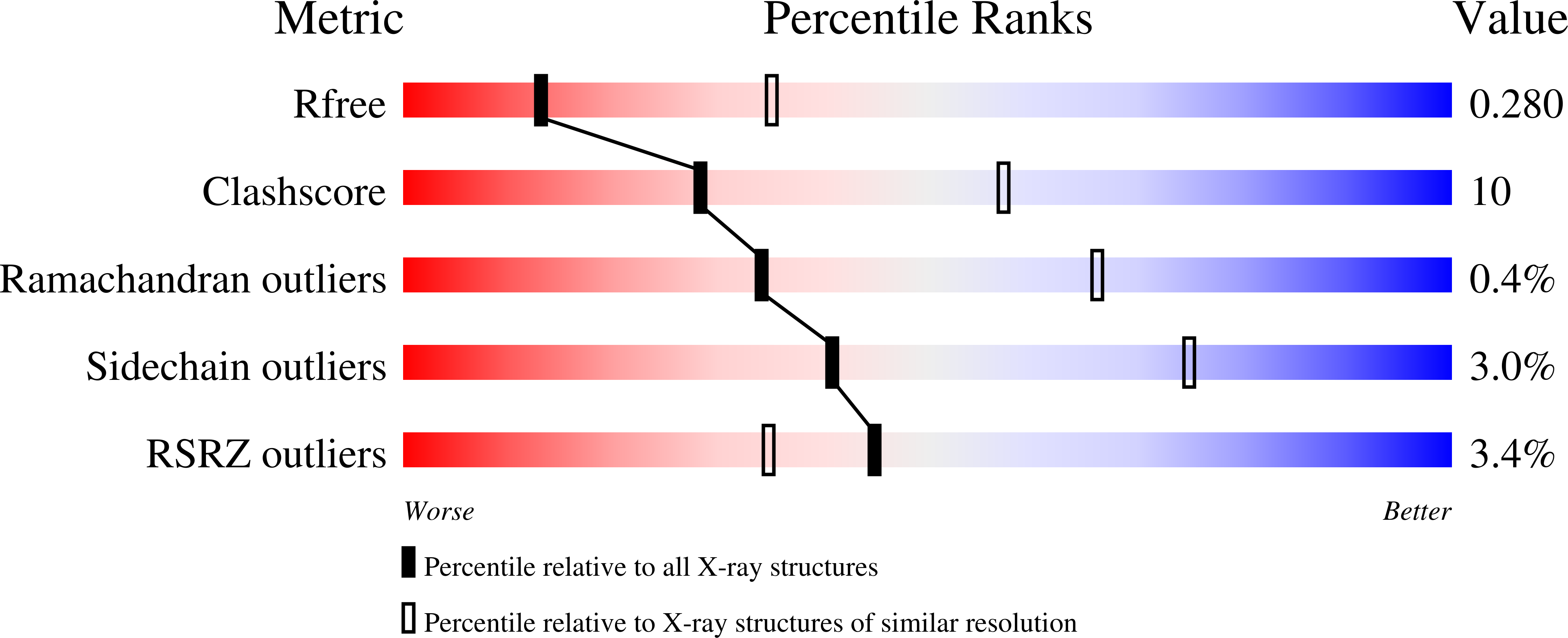
Deposition Date
2020-07-29
Release Date
2021-03-31
Last Version Date
2024-10-09
Entry Detail
PDB ID:
6ZXC
Keywords:
Title:
Diguanylate cyclase DgcR (I-site mutant) in activated state
Biological Source:
Source Organism:
Host Organism:
Method Details:
Experimental Method:
Resolution:
2.80 Å
R-Value Free:
0.28
R-Value Work:
0.23
R-Value Observed:
0.22
Space Group:
P 21 21 2


